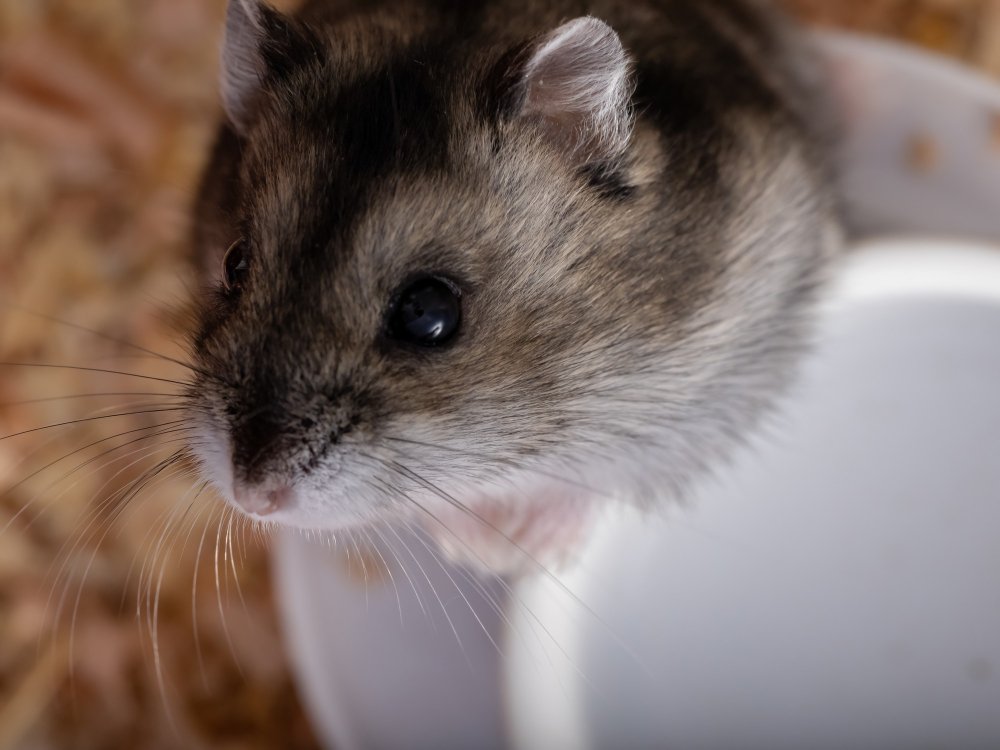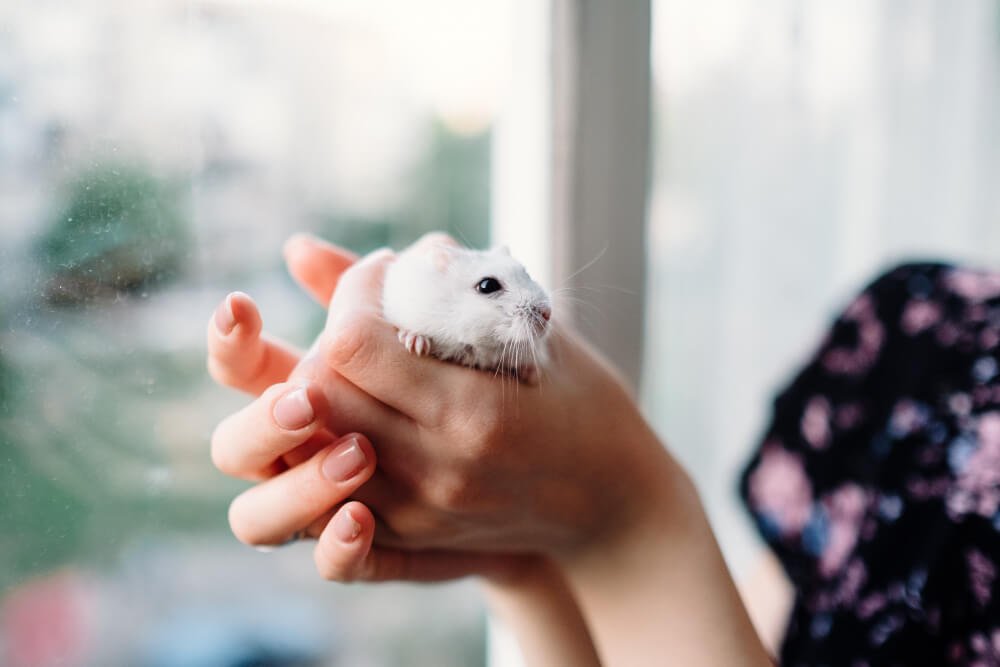The Syrian hamster, Chinese hamster, and Russian dwarf hamster are the three well-known types of domestic hamsters. Despite their many similarities, they differ in various ways, including life expectancy, size, and disposition. Do you know the average lifespan of a Russian dwarf hamster, now that you think about it?
It is always interesting to learn about these distinctions when selecting a pet to keep at home to choose the species that best fits your needs. Next, know how long the Russian dwarf hamster lives.
How long does a Russian dwarf hamster live?

Russian dwarfs and Syrian hamsters, the most well-known domestic species, have many traits despite being smaller. As long as they are appropriately exposed to human contact from an early age, some include territorial behavior with other members of the same species and submissiveness toward teachers.
The lifespans of the two hamsters are also highly similar, ranging from two to three years for the Russian dwarf hamster and roughly three years for the Syrian hamster.
It is important to remember that your friend will depend on you for both his longevity and the quality of his existence. Now, you already know the lifespan of a Russian dwarf hamster.
Three cares for the Russian dwarf to ensure longevity

Rodents are becoming more popular as pets since they are frequently easier to raise than dogs or cats. After all, unlike these two species, the Russian hamster is limited to a single room in the house and does not require as much socialization. Additionally, it covers some medical expenses like yearly immunizations.
By bringing it home, we also assume responsibility for that life. He starts to rely on us for access to necessities like food, water, and hygiene care.
Furthermore, appropriate tutoring entails much more than simply attending to your pet’s necessities. Everything must be done to ensure that he has a worthwhile life. The essential maintenance for pets of this species is listed below.
Food

Pet health depends on feeding them a balanced diet. One of the best methods to do this with dwarf hamsters is to use extruded food made specifically for them. Always follow the manufacturer’s or veterinarian’s recommended dosage instructions on the box.
Offering veggies and a few other foods as special treats a few times each week is crucial in addition to them. Watch out for things that can hurt your pet in this regard, such as ultra-processed human food items that are frequently very greasy and high in carbs.
Hygiene

Since hamsters are naturally tidy creatures, they must live in a clean environment. To achieve this, frequently clean the lodging, taking out all the soiled bedding and sterilizing all the materials, including the toys, feeder, and drinker.
To prevent contamination, these last two must be sterilized every day. Only water and neutral soap should be used for cleaning, followed by thorough rinsing to remove any residue.
The Russian dwarf hamster can occasionally be trained to use a hamster toilet. It is a sort of substrate-filled den that the animal can use to discharge itself. When it becomes dirty, it needs to be cleaned.
Environmental enrichment

Have you ever considered living in a small, cramped room? Contrary to popular belief, the issue is not actual captivity because it is still possible for individuals to live honorably while confined. It makes sense, given that hamsters live longer on average than pairs of animals found in nature. Protecting their quality of life is crucial, which calls for some tender loving care.
First and foremost, the hamster’s home must be roomy enough for him to wander about and investigate various areas. In this regard, keep in mind that the housing must include resources and toys and the hamster itself. The rodent will benefit more from its size the more significant it is!
Other crucial components are the exercise wheel, as these pets are highly energetic and love to run, dens and houses where the pet can seek refuge to feel safe and relax, stairs and ramps as the species loves to climb, and tunnels even for play, in addition to the substrate that will cover the accommodation.
Consider the size of the toy while making your selection; it must fit the Russian dwarf. Of course, none of this considers their contact with their tutor, which is crucial to their wellbeing.





Add comment